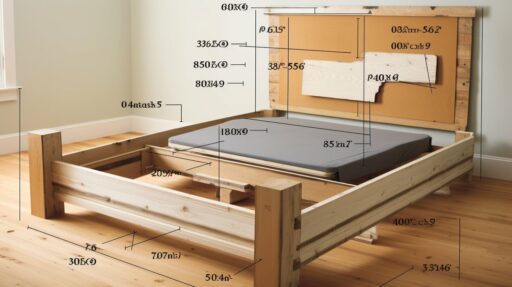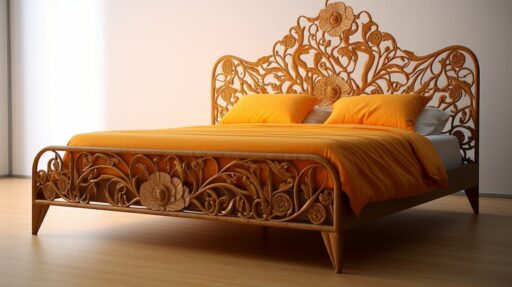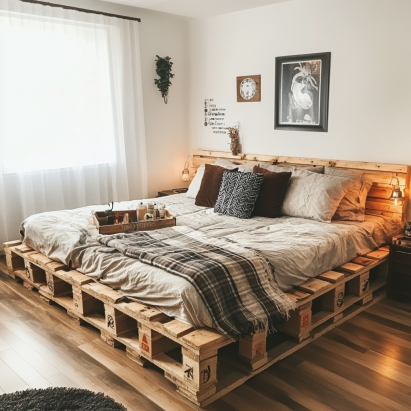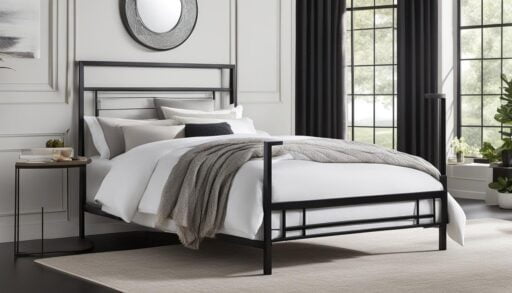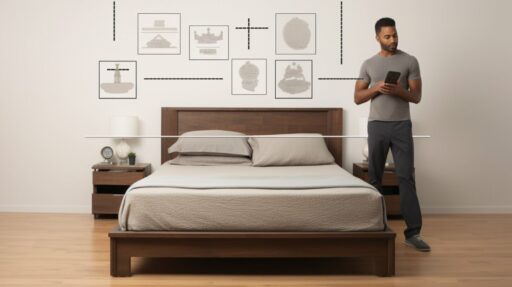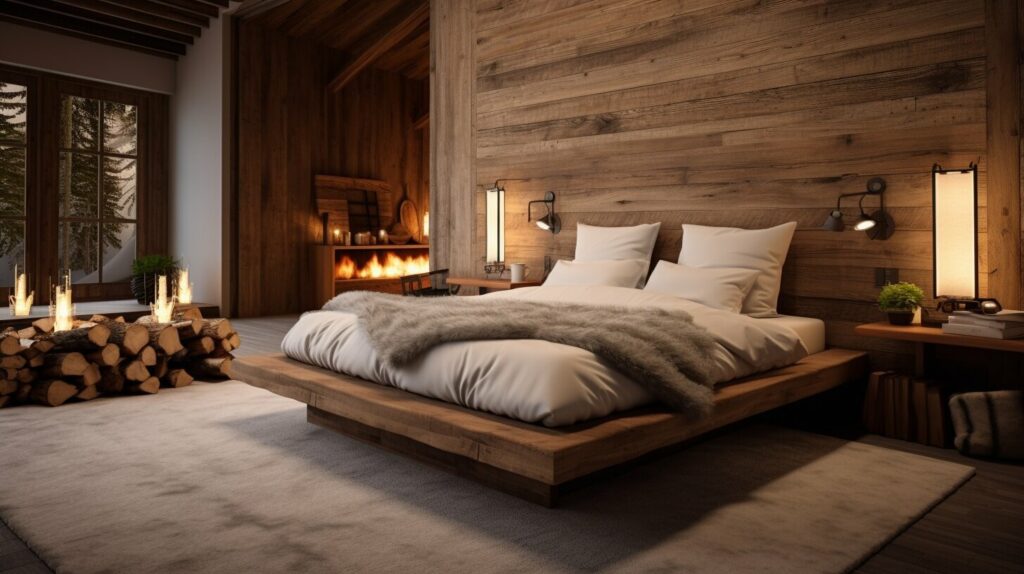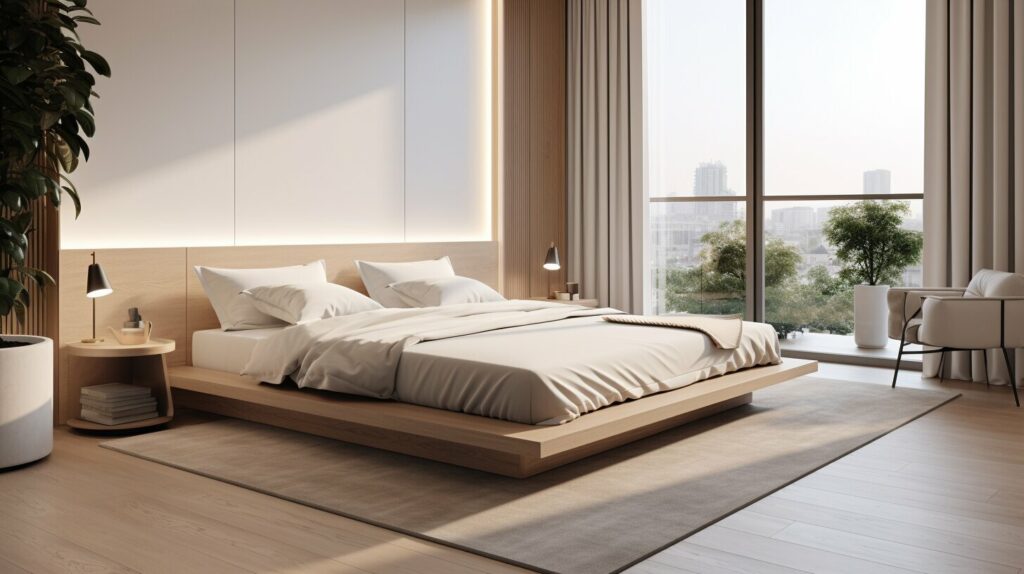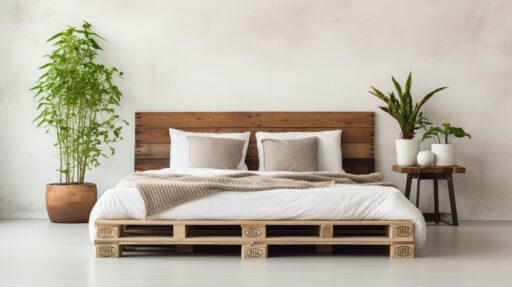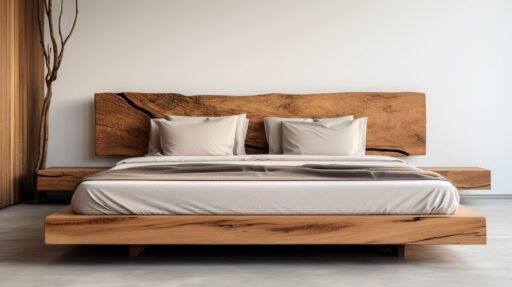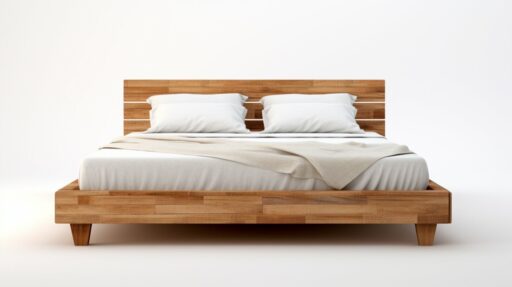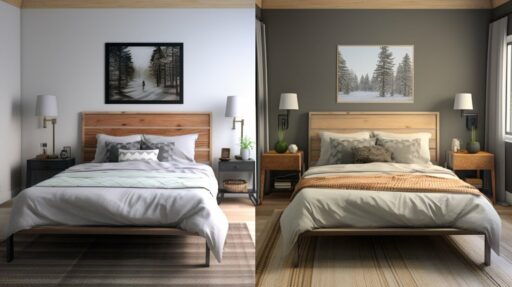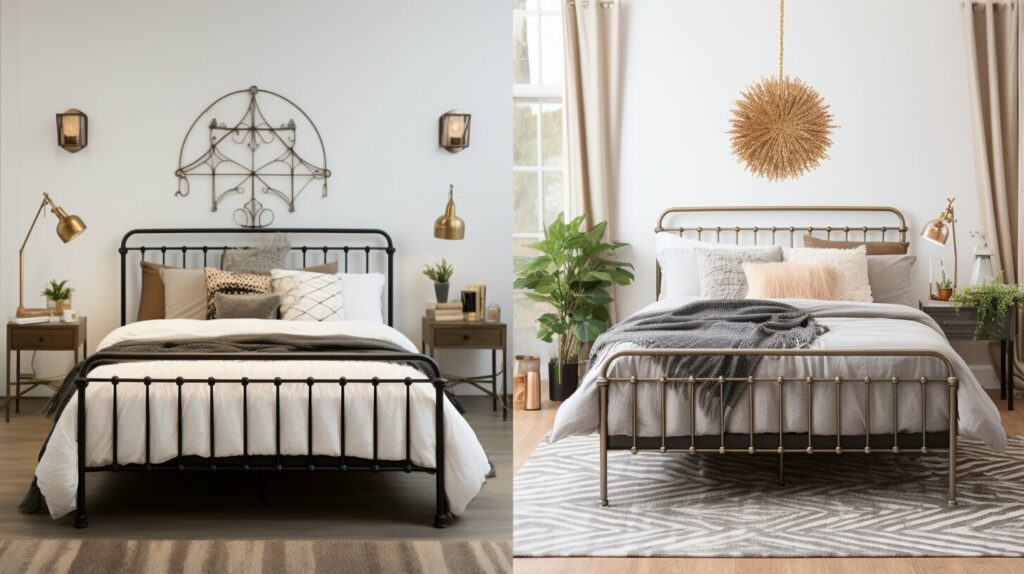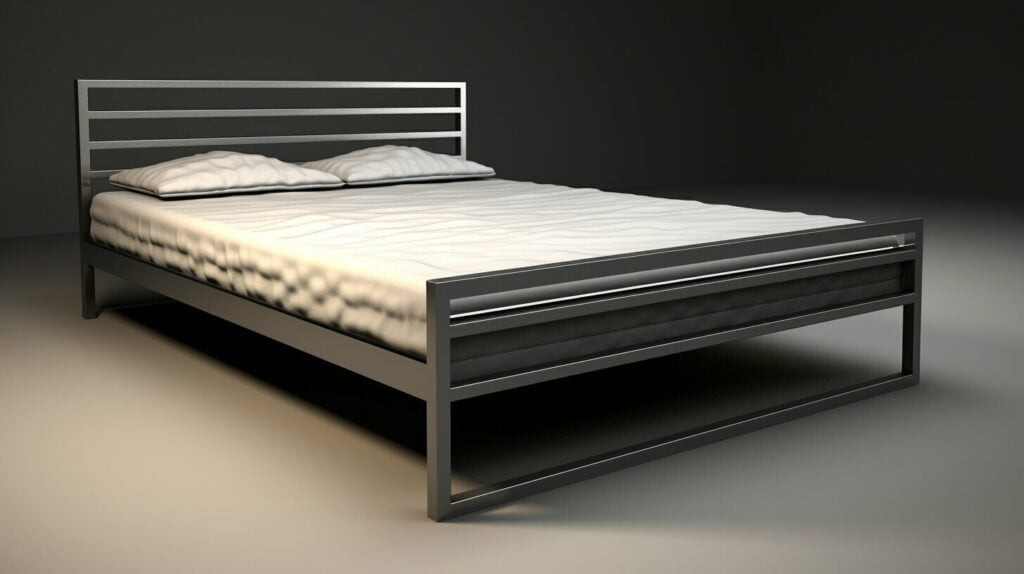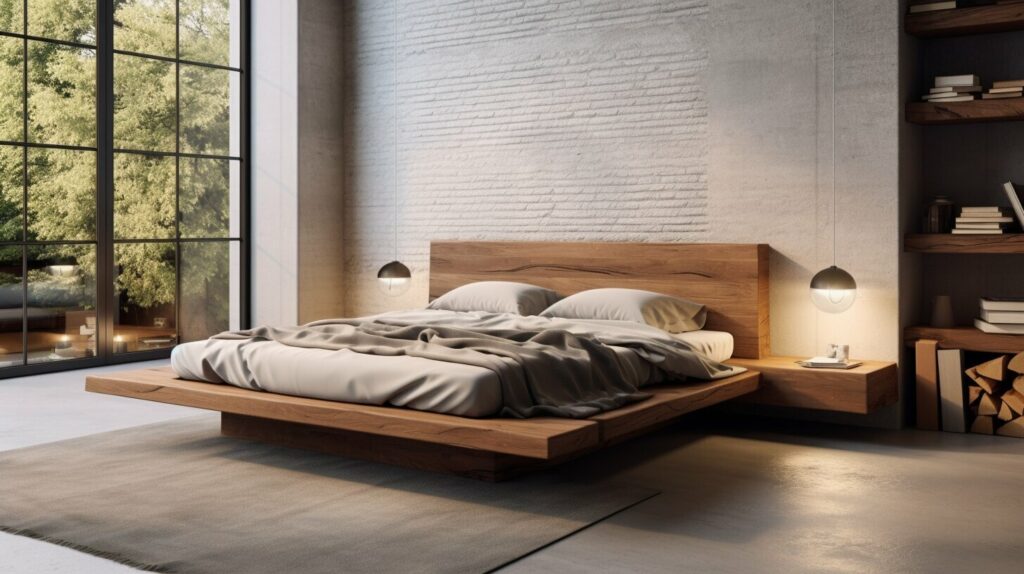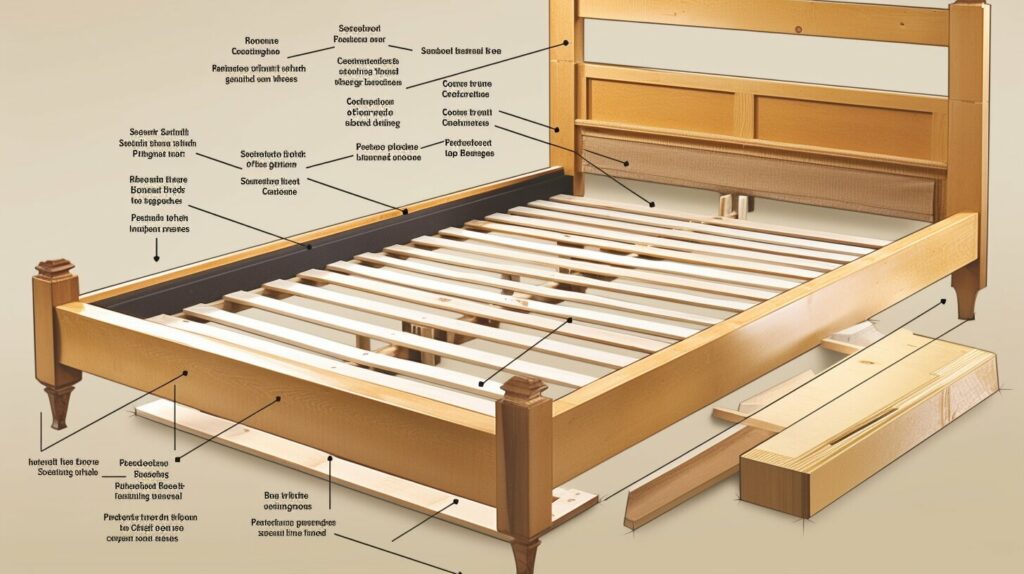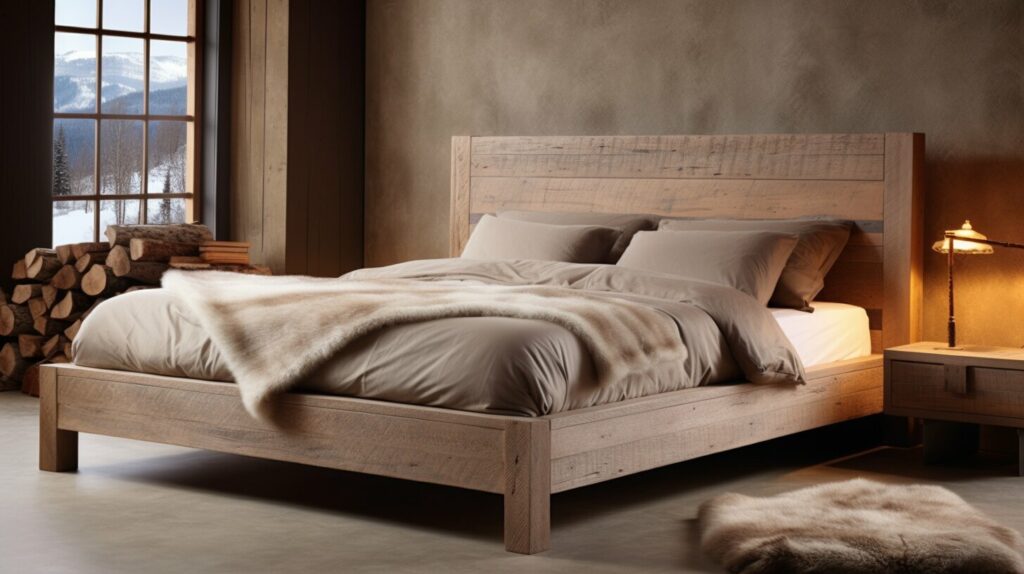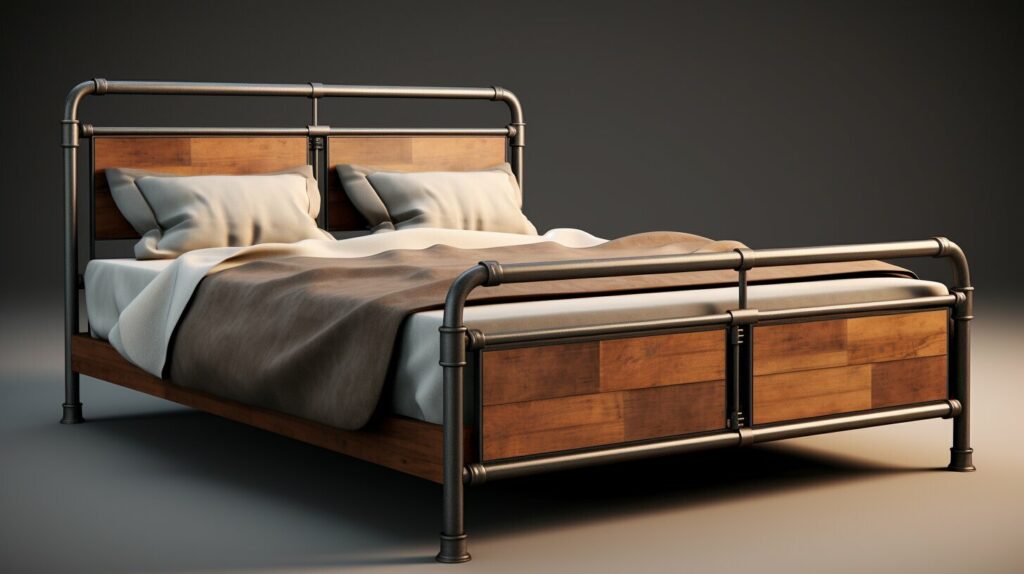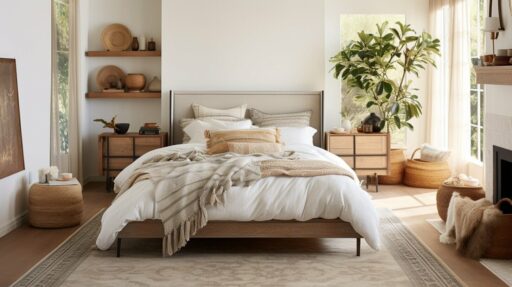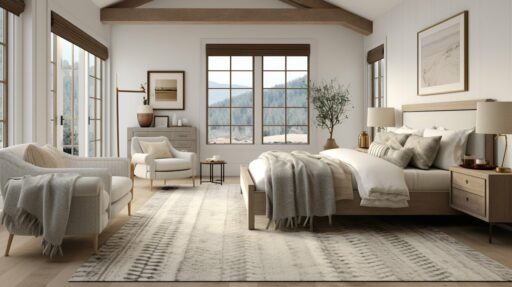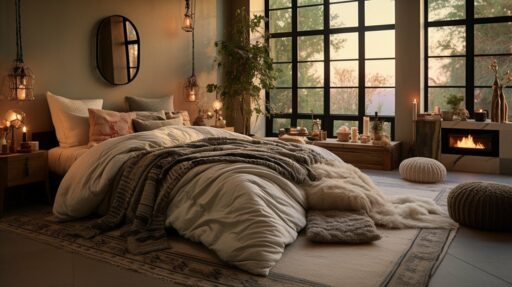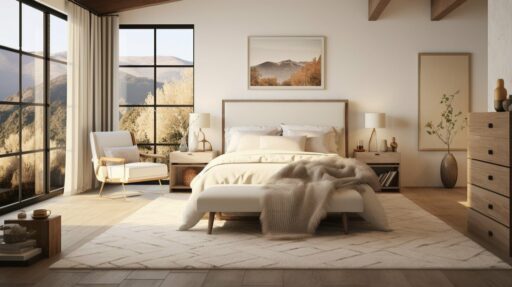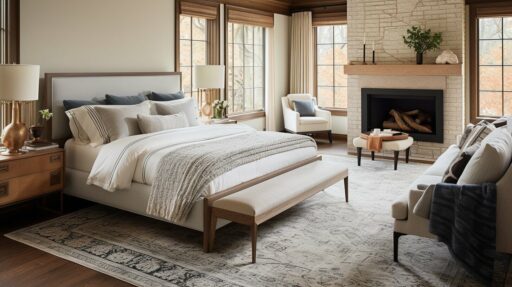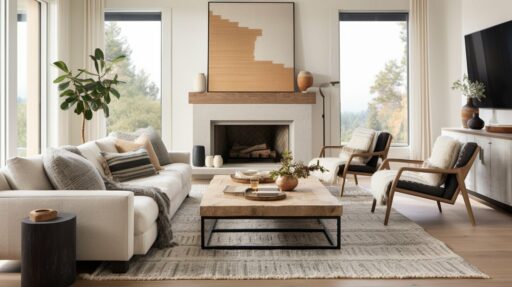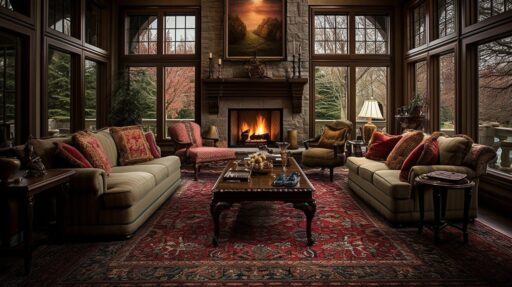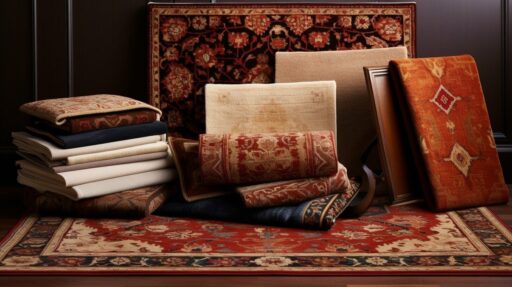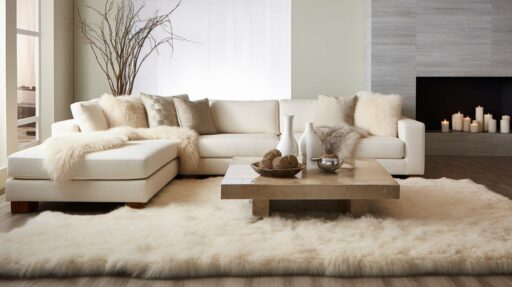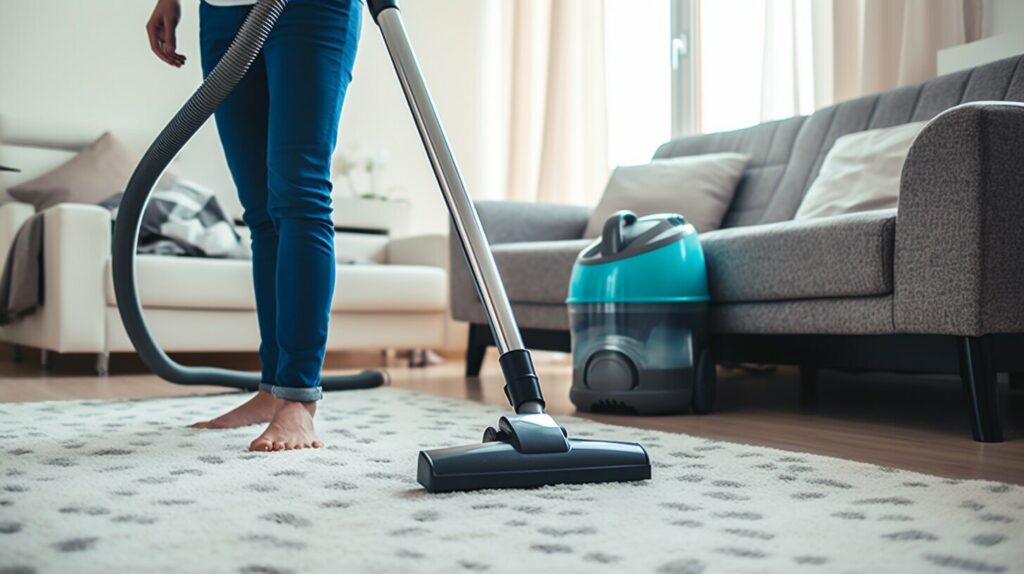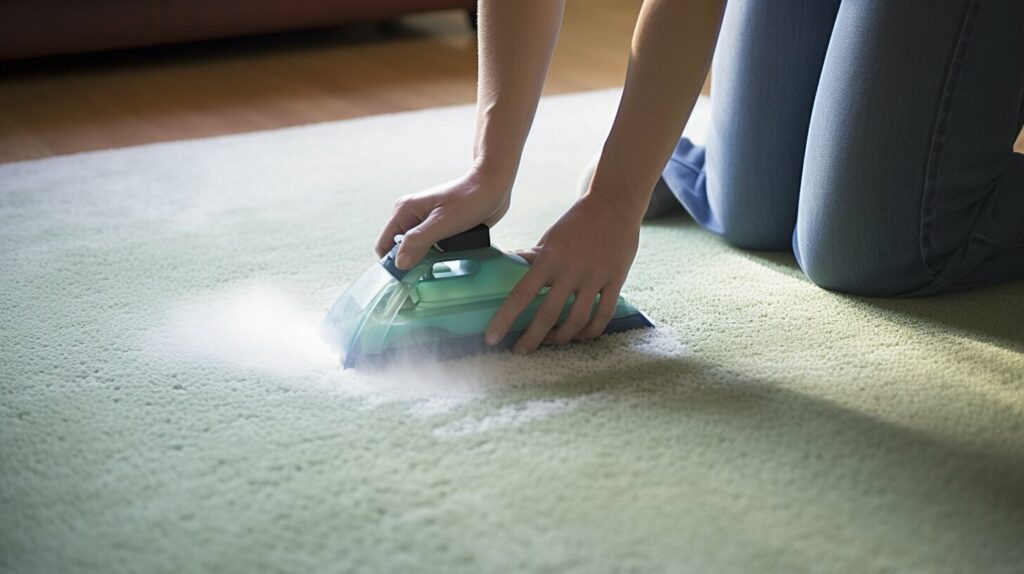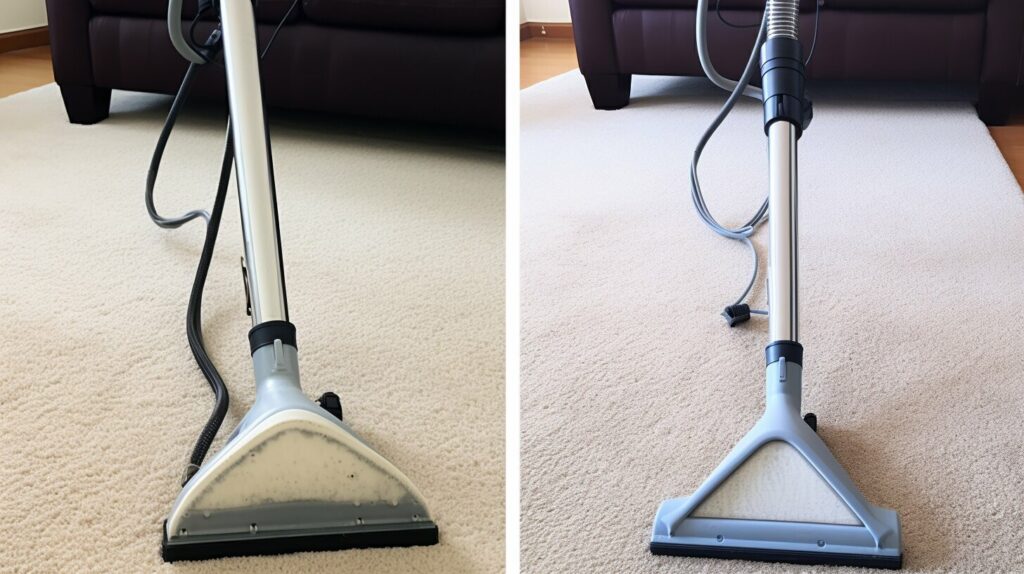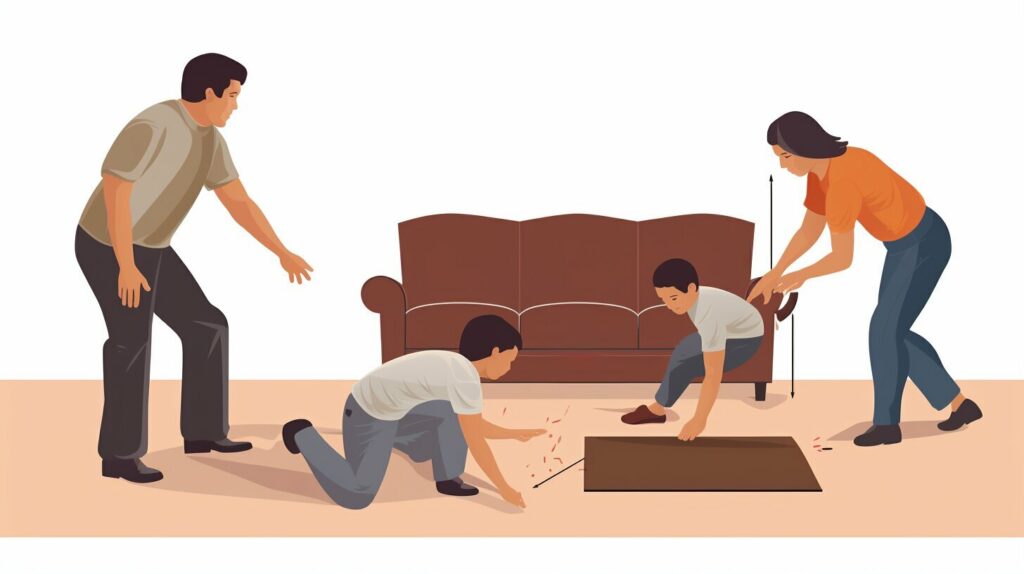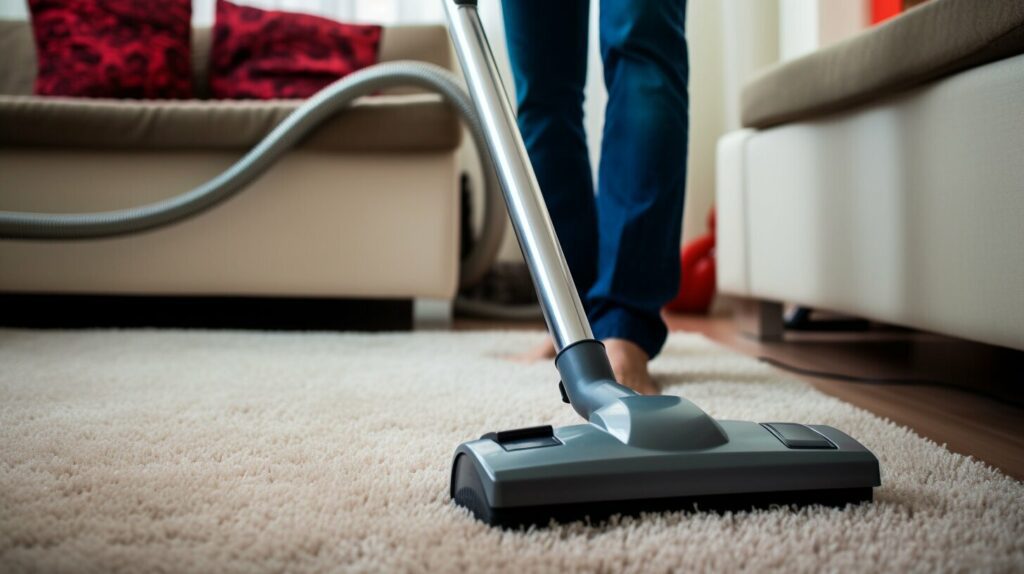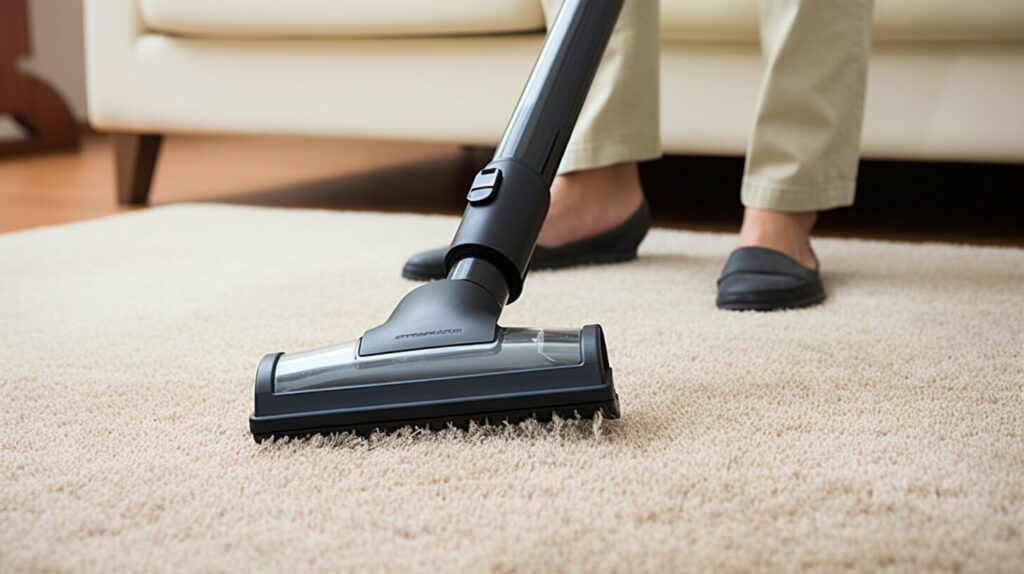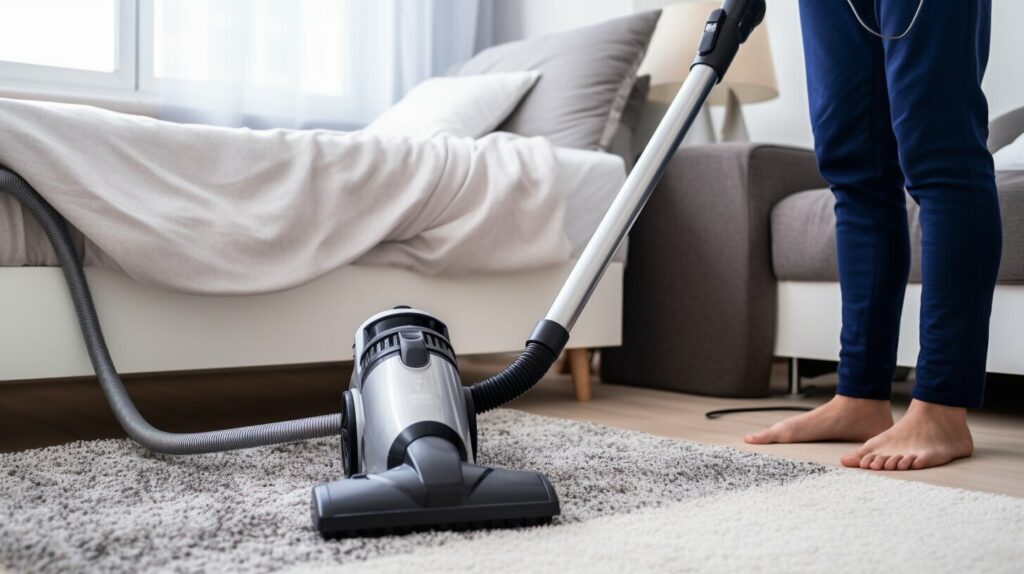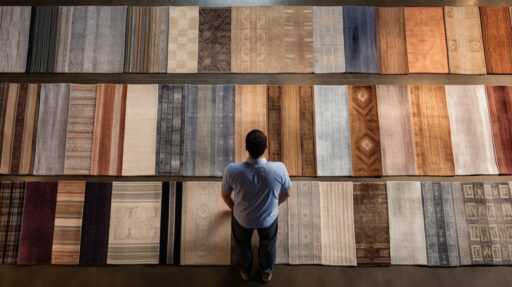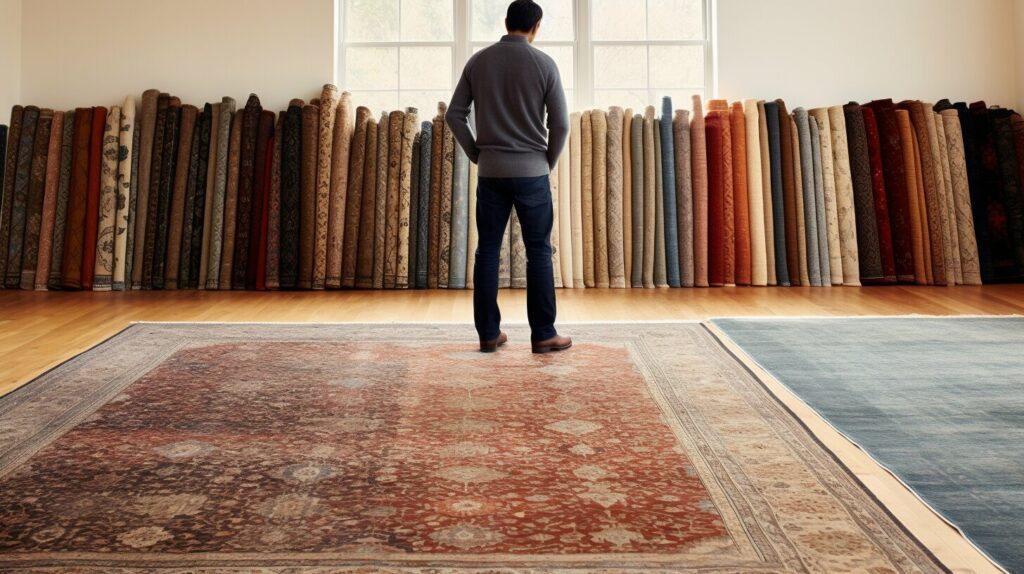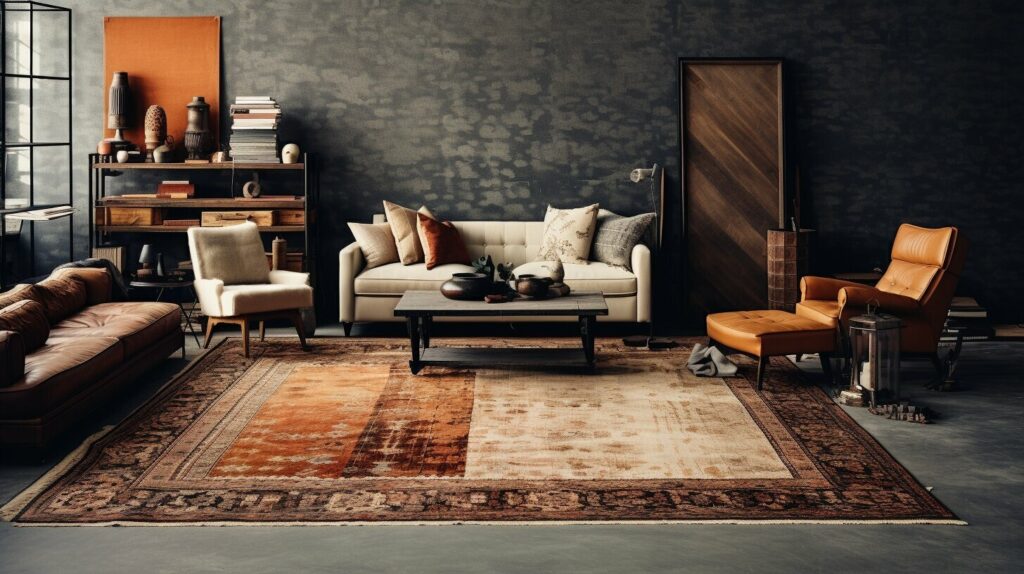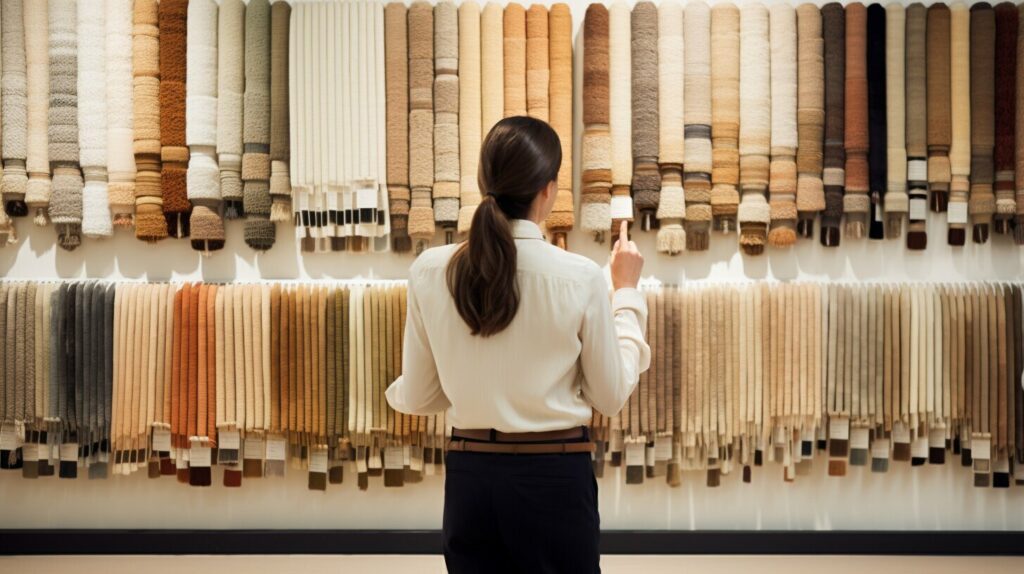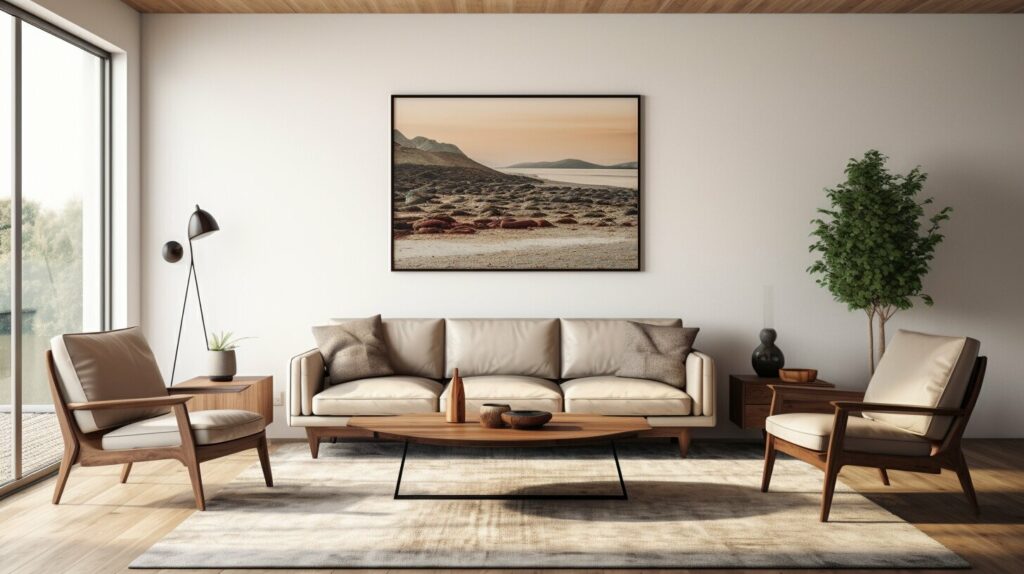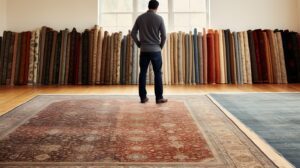Sturdy DIY Bed Frame
A sturdy DIY bed frame gives you custom style, silent support, and long-term savings. This guide walks you through choosing a design, gathering materials, reinforcing the structure, and finishing like a pro—plus eco-conscious choices that make your bedroom healthier and more sustainable.
Key Takeaways: sturdy DIY bed frame
- A sturdy DIY bed frame saves money and lets you tailor height, size, and style for your space.
- Reinforcement (center legs, slats ≤4″ apart, corner brackets) prevents sagging and creaks for years.
- Choose durable woods, proper fasteners, and square assembly for long-lasting stability.
- Eco-minded swaps—reclaimed lumber, low-VOC finishes, and sustainable bedding—boost indoor air quality.
- Follow step-by-step checks at each stage to keep the frame square, quiet, and supportive.
Why a Sturdy DIY Bed Frame Matters
Answer first: A strong frame protects your mattress, reduces noise, and improves sleep quality.
A sturdy DIY bed frame does more than hold a mattress—it sets the foundation for restful sleep. Solid rails, reliable slats, and well-placed center legs distribute weight evenly and stop the squeaks that interrupt rest. Building your own means you can dial in the height for easy getting in and out, add storage clearance, and match the finish to your décor.
For support basics that pair well with nearly any mattress type, see guidance on slats, foundations, and platform bases from the Sleep Foundation (box spring vs. slats, do you need a box spring?). These principles align perfectly with a thoughtfully built DIY frame.
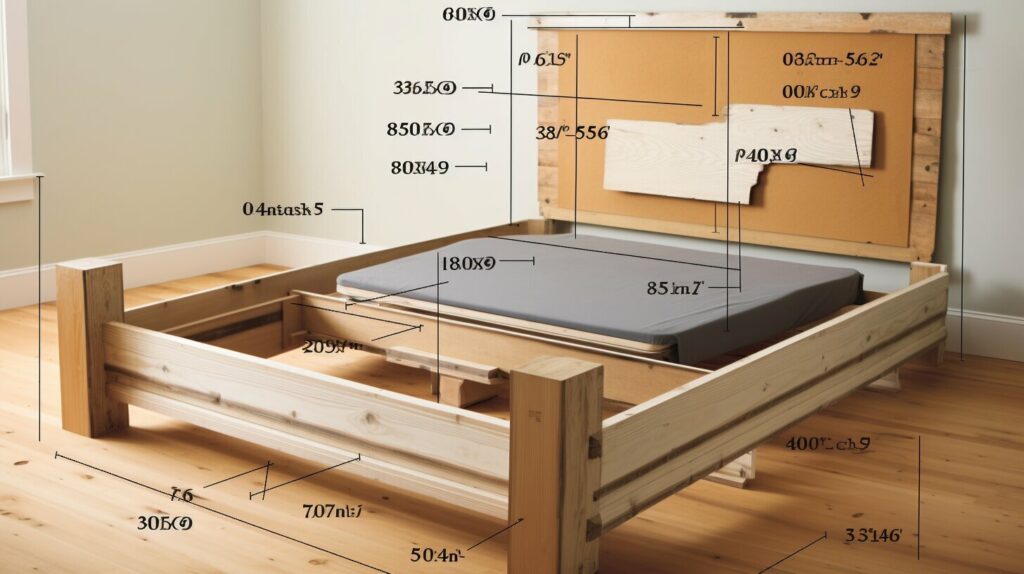
Choosing the Right Design for Your Sturdy DIY Bed Frame
Answer first: Pick a design that fits your room’s style and your skill level—then size it precisely to your mattress.
Start with format: platform, panel, or minimalist low-profile. A platform style is the easiest path to a sturdy DIY bed frame because the mattress rests on slats or a solid deck, eliminating the need for a separate foundation. Aim for a 12–14 inch overall height for easy entry and under-bed airflow.
Materials influence both look and longevity. Durable choices like maple, oak, ash, or high-quality pine resist dings and hold fasteners well. If you prefer a modern aesthetic, veneer-grade plywood with hardwood edging creates crisp lines without excessive weight. For an earthier vibe, reclaimed lumber brings character while supporting an eco-conscious home.
Want examples to spark ideas? Better Homes & Gardens shows approachable builds and smart storage twists in their platform project guidance (DIY platform with storage). For fabric and finish pairings, Parachute’s guides to bed sheets and bedding materials help you complete the look.
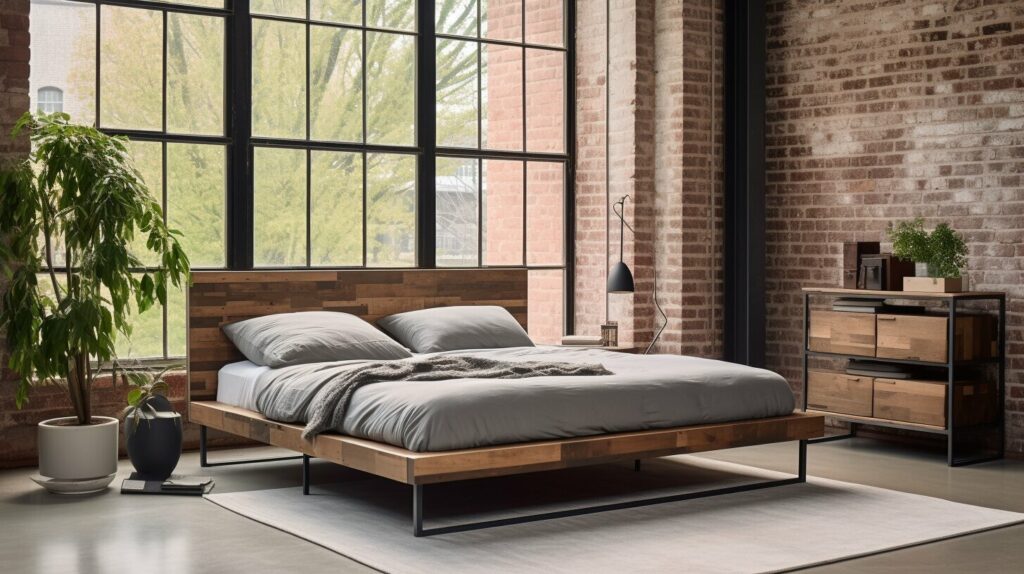
Gathering Materials and Tools
Answer first: Strong lumber, quality fasteners, and accurate tools are the backbone of a sturdy result.
Use straight, dry boards for rails and legs. Common cuts for a queen platform: four side rails (1×10 or 2×8), three cross-beams (2×4 or 2×6), and 12–16 slats (1×4). Pick exterior-grade wood screws (2½”–3″), figure-8 fasteners for deck panels if using plywood, and heavy-duty angle brackets for the corners. A square, a reliable tape, a drill/driver, countersink bit, clamps, and a circular saw cover most builds.
New to tools? Build confidence with our internal resources: temperature-regulating bedding (for airflow considerations around your frame),
investing in quality bedding (to protect your new build), and serene bedroom sanctuary tips to plan your finished space.
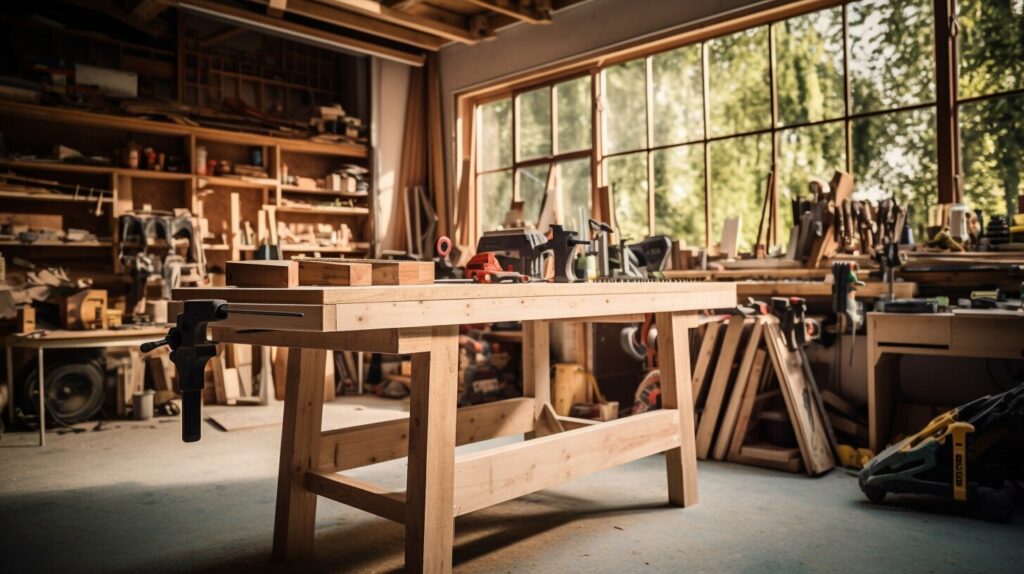
Step-by-Step Build: Frame, Slats, and Center Support
Answer first: Build square rails first, then lock in cross-beams, center legs, and closely spaced slats.
- Cut to size: Measure the mattress (e.g., queen 60″×80″). Add 1″ to interior length/width for easy sheet tucking.
- Assemble the rail box: Join head/foot rails to side rails with glue and 2½” screws. Check for square by measuring diagonals.
- Install cross-beams: Add at least two cross-beams (three for king) and a center beam running head to foot.
- Add center legs: Place one leg under each beam intersection. Height matches rail bottom to floor to carry load evenly.
- Attach slats: Install 1×4 slats with gaps ≤4″ to protect foam and hybrid mattresses and keep warranties intact (see slat spacing notes from Sleep Foundation’s support guidance). Secure with two screws per end.
- Check for racking: Push from each side; add corner brackets if there’s any sway.
These steps reflect best-practice support recommendations like close slat spacing and center legs for heavier mattresses (mattress care and support).
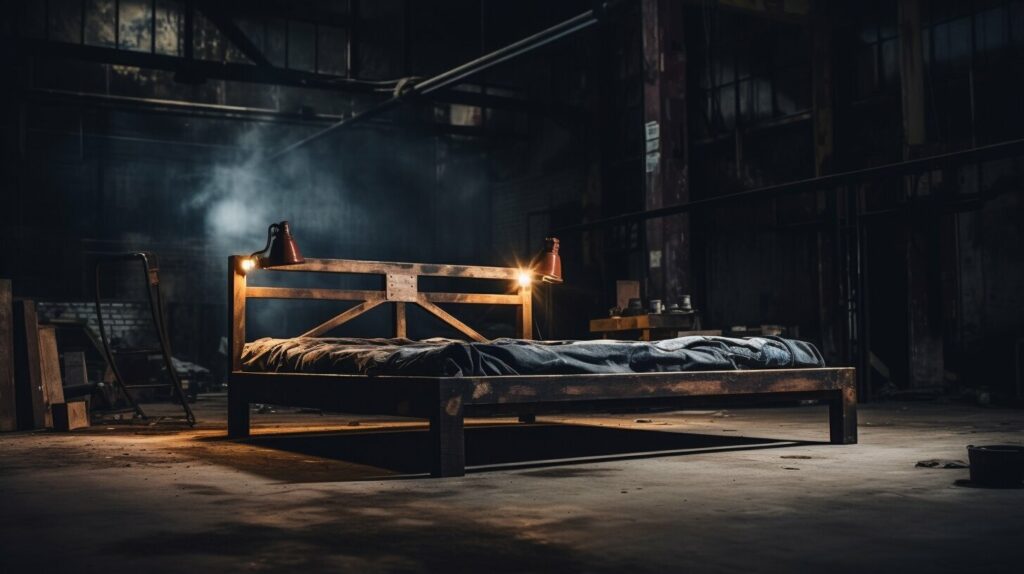
Reinforcing for Extra Strength
Answer first: Use triangle thinking—brackets at the corners, tight joinery, and a center spine to stop flex.
A sturdy DIY bed frame resists racking. Add angle brackets at corners, pocket-screw the cross-beams, and consider a plywood deck (¾”) over slats if you prefer a firmer feel. For tall sleepers or heavier mattresses, double the center legs and upgrade cross-beams from 2×4 to 2×6. If the bed will move often, through-bolts with washers and locknuts keep joints tight longer than screws.
If your mattress feels softer than you’d like, a thin bunkie board adds uniform support without extra height (making a mattress firmer).
Finishing Touches for a Pro Look
Answer first: Sand to 180–220 grit, wipe dust, then stain or paint with durable, low-VOC finishes.
Break all edges with 120-grit, then sand faces to 180–220. For natural warmth, choose water-based stain and a clear polyurethane or hardwax oil. For color, a bonding primer plus two coats of durable enamel gives a sleek look. Keep ventilation steady and follow recoat windows for a tough, smooth surface.
To complete your sleep setup, layer breathable, sustainable bedding. Guides from Parachute discuss organic options and certifications to look for in organic bedding and fabric choices that age beautifully (linen vs. others). Pairing durable finishes with sustainable bedding and eco-conscious sheets enhances comfort and aligns with a greener home.
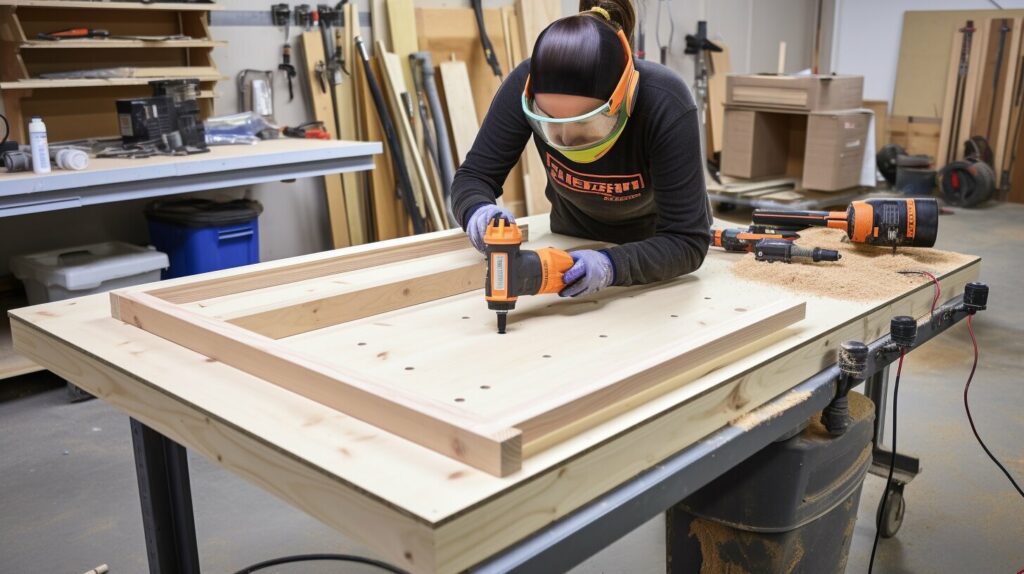
Budget-Friendly Alternatives: Salvaged Materials & Upcycling
Answer first: Reclaimed wood and salvaged panels cut costs, reduce waste, and add character.
Want the look for less? Salvaged doors, floorboards, or thick pallets can become rails and headboards for a sturdy DIY bed frame. Inspect reclaimed pieces for embedded nails, cracks, or rot; mill them square; and seal with a low-VOC topcoat. Use structural lumber for hidden support members and let the reclaimed pieces shine on the exterior.
For more creative inspiration from our library, explore
creative DIY bed frame projects and
custom bed frame ideas.
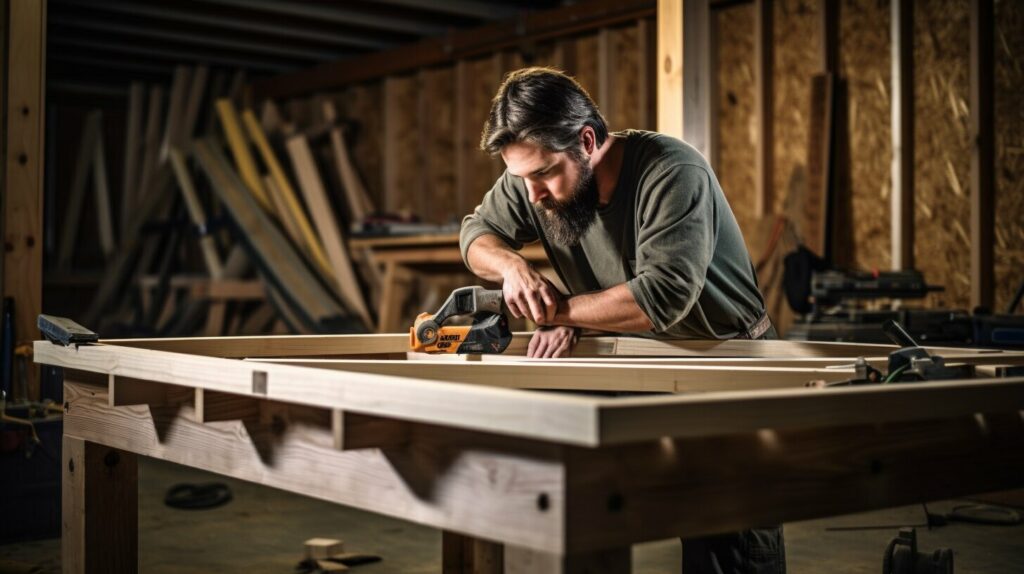
Eco-Friendly vs. Conventional Materials (What Really Matters)
Answer first: Choose certified wood and low-emission finishes to reduce VOCs and improve indoor air quality.
Sustainability isn’t just about sheets; it starts with the frame. Look for FSC-certified lumber when possible, and opt for waterborne finishes labeled low- or zero-VOC. Pair your frame with sustainable bedding—organic cotton or linen—that’s GOTS- or OEKO-TEX® certified. These choices support a healthier bedroom and a lighter footprint.
For a quick textile primer, Parachute’s fabric guides outline material pros and cons and how to care for eco-conscious sheets and organic bedding (fabric & materials, organic sheets).
Buyer’s Guide: Sizing, Hardware, and Common Pitfalls
Answer first: Measure twice, pre-drill, square every joint, and keep slat gaps tight to protect the mattress.
- Sizes: Twin 38×75, Twin XL 38×80, Full 54×75, Queen 60×80, King 76×80, Cal King 72×84.
- Hardware: Use structural screws (e.g., #8/#10 wood screws 2½”–3″) and washers on through-bolts. Avoid drywall screws.
- Noise: Add felt pads between wood-to-wood contact points and re-tighten fasteners after the first week.
- Airflow: Slatted designs breathe better; solid decks may run warmer, so pair with breathable, sustainable bedding.
- Mattress care: Support that matches the manufacturer’s guidance helps preserve comfort and warranty (see Sleep Foundation’s mattress care).
FAQ
- What wood is best for a sturdy DIY bed frame?
- Hardwoods like oak, ash, and maple are ultra-durable; quality pine and veneer-grade plywood also work when reinforced properly.
- How can I make my DIY bed frame stronger?
- Add a center beam, center legs, and closely spaced slats; use angle brackets at corners and pocket-screw your cross-beams.
- Is building a sturdy DIY bed frame cheaper than buying?
- Often yes—especially when you already own basic tools. You also get custom height, storage clearance, and finish.
- Can I build a sturdy DIY bed frame with pallets?
- Yes, if you mill them square, reinforce with structural lumber, and seal with durable finishes for splinter-free edges.
Final Thoughts
Answer first: Plan carefully, build square, and reinforce smartly—then enjoy the quiet confidence of a solid frame.
When you combine accurate cuts, secure joinery, and thoughtful finishing, a sturdy DIY bed frame will serve you for years. For more bedroom harmony and styling ideas from Cozy Bed Quarters, explore our guides to
Feng Shui bedroom principles and
Feng Shui bedroom tips.
Related Reading
From Cozy Bed Quarters
- Master the Feng Shui Principles for Bedroom Layout
- Feng Shui Bedroom Tips for Harmony and Better Sleep
- Bed Positioning in Feng Shui: 9 Powerful Tips
Trusted External Guides
- Sleep Foundation: Box Spring vs. Slats
- Better Homes & Gardens: DIY Platform with Storage
- Parachute Home: Fabric & Bedding Materials Guide

